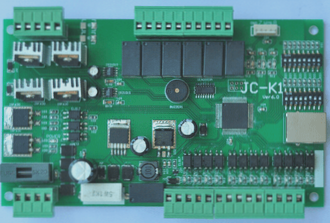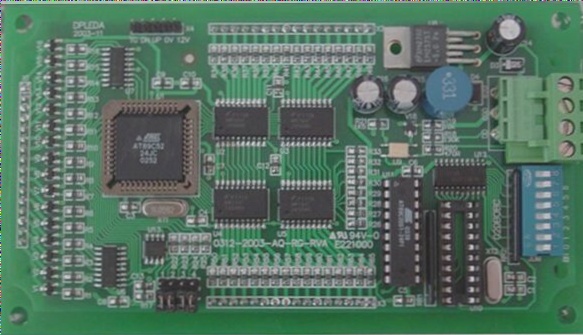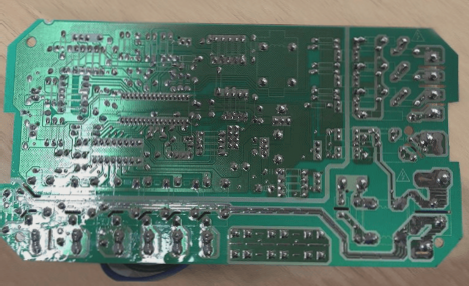Key Considerations for Multilayer PCB Design
Before embarking on the PCB design of a multilayer PCB, it is crucial for the designer to determine the board structure based on factors such as circuit size, board dimensions, and electromagnetic compatibility (EMC) requirements. The number of layers in the PCB must be decided first, followed by strategic planning of the placement of inner electrical layers to optimize performance and signal integrity. The choice of laminate structure is paramount in achieving the desired EMC performance and reducing electromagnetic interference (EMI).
In this article, we will delve into the essential considerations and design principles for selecting the appropriate laminate structure in multilayer PCB design.

Recommendations for PCB Stacking and SMT Process
1. PCB Stacking Method
The **Foil Stacking Method** is highly recommended for PCB designs due to its consistent layer alignment and lower risk of signal integrity issues, providing better reliability and manufacturability compared to conventional methods like PP (Prepreg) stacking.
2. Minimizing PP Sheets and CORE Models in Stacks
It is critical to minimize the number of **PP sheets** and **CORE models/types** in a PCB stack. Using no more than three PP stacks per layer helps maintain consistency in the PCB structure, reducing manufacturing complexity and costs.
3. Thickness of PP Medium
The **thickness of PP (Prepreg) medium** between layers should not exceed **21 MIL** to avoid processing challenges and unnecessary overhead costs associated with thicker prepreg layers.
4. Copper Foil Thickness for PCB Layers
- **Outer Layers**: Typically use **0.5 OZ** copper foil for a balance between manufacturability and signal performance.
- **Inner Layers**: Usually employ **1 OZ** copper foil, with adjustments based on application requirements. Power boards may require **2-3 OZ** copper for higher current handling, while signal boards use **1 OZ**.
**Note**: Avoid using core boards with inconsistent copper thickness on inner layers to prevent signal behavior asymmetry.
5. Symmetry in PCB Stack Design
Ensure **symmetrical distribution** of wiring and plane layers around the centerline of the PCB stack to optimize signal integrity and minimize issues like skew and impedance mismatching.
6. Sufficient Margins for Line Width and Dielectric Thickness
Leave ample margins for **line width** and **dielectric thickness** to prevent design issues and ensure compliance with electrical performance standards, especially in Signal Integrity (SI) simulations.
Overview of SMT Process Components
**SMT (Surface-Mount Technology)** is a crucial assembly process for modern PCBs. The primary components of the SMT process include:
- **Silk Screen Printing**:
- Function: Applies solder paste or adhesive to PCB pads for component placement.
- Equipment: **Screen printing machine**.
- Location: Typically at the start of the SMT production line.
- **Dispensing**:
PCB Assembly Process Overview
1. Glue Dispensing:
- Function: Deploys adhesive at specific points on the PCB to secure components before soldering.
- Equipment: Glue dispenser.
- Location: Positioned at the beginning of the SMT line or behind inspection systems.
2. Component Placement:
- Function: Precisely positions surface-mount components onto the PCB.
- Equipment: Placement machine.
- Location: Placed after the silk screen in the SMT line.
3. Curing:
- Function: Melts the adhesive, securing the components to the PCB.
- Equipment: Curing oven.
- Location: Positioned after the placement machine.
4. Reflow Soldering:
- Function: Melts solder paste to create permanent bonds between components and the PCB.
- Equipment: Reflow oven.
- Location: Positioned after the placement and curing stations.
5. Cleaning:
- Function: Eliminates residual flux and contaminants from the assembled PCB for enhanced safety and reliability.
- Equipment: Washing machine.
- Location: Can be online or offline based on the line configuration.
6. Inspection:
- Function: Examines assembly quality, including soldering and component placement integrity.
- Equipment: Tools like magnifying glasses, microscopes, ICT (In-Circuit Test), AOI (Automatic Optical Inspection), X-ray systems, and functional testers.
- Location: Integrated into the production line as per inspection requirements.
7. Rework:
- Function: Rectifies any identified faults during inspection to ensure the final product meets quality standards.
- Equipment: Soldering iron and rework stations.
- Location: Rework stations may be situated at different points in the production line.
Conclusion
Creating a reliable and cost-effective PCB involves meticulous attention to both the stacking technique and SMT procedures. Adhering to guidelines such as Foil stacking, PP layer reduction, managing copper thickness, and maintaining layer symmetry results in a high-quality PCB. Furthermore, implementing proper SMT practices, from silk screening to rework, guarantees that the final product meets quality standards and functions effectively in its intended application. These fundamental principles enhance manufacturability, yield, and overall product performance.



